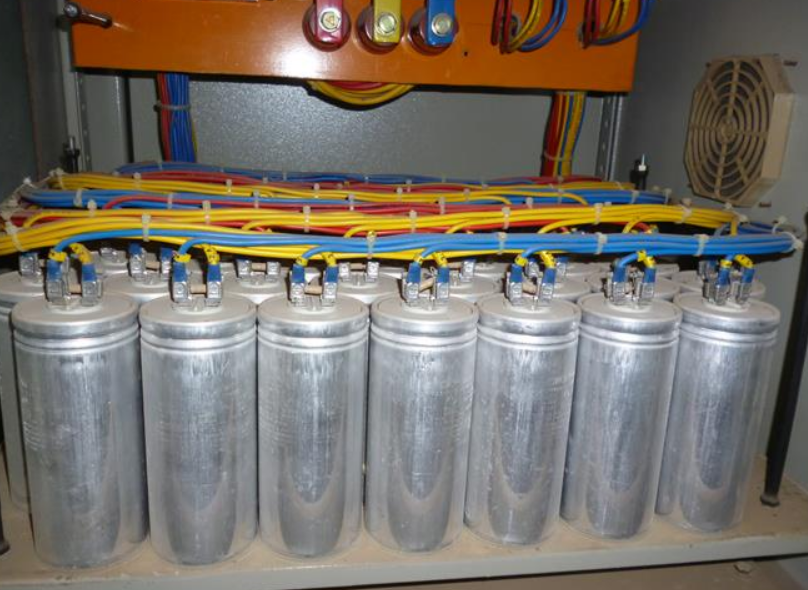Maintenance with Capacitor Bank Disconnected
Basic Monthly Maintenance Procedure
- Visually inspect capacitors.
- Check the fuse protection.
- Control ambient temperature (average 35°C in accordance with IEC 60831).
- Control the service voltage, especially during low loads (it must not exceed nominal +10%).
Bi-Annual Maintenance Procedure
- Keep the capacitor terminals as clean as possible.
- Verify the condition of the contact points of the operating elements.
- Check to ensure that the capacitor’s current is neither lower nor higher than 120% by phase and that it is balanced.
Basic Annual Maintenance Procedure
- Apply 2.5 kV between the capacitor terminals and the earth for one second to perform a dielectric stiffness test.
- At each step, check the capacitors’ capacity.
- Verify that manual consumption of alcohol is not occurring as an indirect way to verify.
- Ensure that all terminal connections are tight.
- Check the fuse:
– Power Circuit NH Fuses: Check continuity and temperature.
– Power Circuit: Check continuity and temperature on the three-pole or 4-pole circuit breakers.
– Control circuit: Check continuity and temperature on the two-pole breaker.
- Tightening Torque Of Electrical Connection:
– The connection must be secure.
– The torques to tighten the fuse bases, circuit breakers, and contactors.
- Inspection of Contactors: Key Points
– Check to ensure that there are no signs of burnt or hardened plastic.
– Make sure the head is properly inserted.
– As shown in the above table, check the tightness of the cables and terminals.
– Terminals must be cleaned.
– Check that the RD discharge resistors are in good shape (no signs of burnt or open).
– Cleaning the contactors is necessary in dirty environments (dust particles, sawdust particles, rust particles, etc.). Vacuum the contactors periodically. Cleaning the capacitor bank depends on how much dirt is in the bank.
- Checking capacitors: Key points
– Check the cables and terminals.
– Ensure they do not overheat or blacken.
– Terminals must be cleaned.
– Ensure slow discharge resistors are in good working order.
– The containers must not be opened or burnt.
– Check that the capacitor terminals are tight.
Important Points for Regulators Inspecting
– Check to ensure the regulator is not showing signs of wear and that the display is working normally.
– Check the cables and terminals. The cables and terminals should be clean, not hardened or heated.
– Check the connections, and insert the removable power strips.
– Power strips must be securely fastened to removable regulators.
– Make sure that the terminals have been tightened correctly.
– The recommended torque is 0.6 Nm.
– Cleaning the Cabinet
– Remove all metallic and non-metallic debris.
– Cleaning the inside of your cabinet is important.
– Cleaning ventilation grilles is important.
This post was written by Justin Tidd, Director at https://www.swartzengineering.com. For nearly half a century, Swartz Engineering has been at the forefront of industry safety. They are a family-owned company specializing in power distribution for the electrical industry. Our design ensures maximum flexibility for excellent reliability and a high return on investment.
More Read On: Spero Magazine




